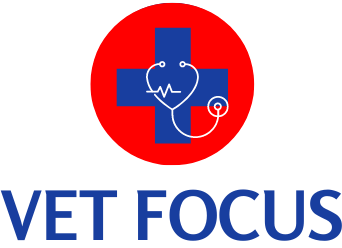Introduction:
As a vet student, you’re not just preparing to care for animals—you’re also playing a critical role in protecting public health. One of the biggest challenges today is the rise of zoonotic diseases, which are infections that can be transmitted from animals to humans. Understanding these diseases is essential for every future veterinarian. This blog will break down what zoonotic diseases are, why they matter, and how you can be prepared to make a positive impact in both veterinary practice and public health. Plus, we’ll introduce you to study notes that make mastering this topic easier and more efficient.
1. What Are Zoonotic Diseases?
- Zoonotic diseases are infections that can pass from animals to humans. Examples include rabies, Lyme disease, and more recently, COVID-19. These diseases can spread through direct contact, bites, or even contaminated food. As future vets, understanding the transmission and prevention of zoonotic diseases is key to keeping both animals and humans safe.
2. Why Are Zoonotic Diseases on the Rise?
- In recent years, we’ve seen a rise in zoonotic diseases due to factors like increased human-animal interactions, urbanization, and climate change. Learning about these trends is important because they affect how diseases spread and what steps can be taken to manage outbreaks. This is where veterinary epidemiology comes into play.

3. The Role of Vets in Preventing Zoonotic Disease Transmission
- Veterinarians are on the front lines when it comes to detecting and controlling zoonotic diseases. Whether you’re working with pets, farm animals, or wildlife, your role is critical in monitoring animal health and educating the public about risks. Prevention through vaccination, sanitation, and early diagnosis is key to stopping these diseases from spreading.
4. Veterinary Epidemiology: Understanding Disease Patterns
- Epidemiology is the study of how diseases spread, and it’s a big part of public health in vet practice. By understanding disease patterns, you can help predict and prevent outbreaks. This knowledge allows vets to implement strategies that minimize risks to both animals and humans.
5. The Future of Public Health in Veterinary Practice
- As zoonotic diseases continue to emerge, the role of veterinarians will only become more important. You’ll not only be treating animals but also contributing to global health solutions. Staying informed and up-to-date on emerging threats is vital, and our comprehensive notes can help you build the expertise you need to excel.
Conclusion:
Zoonotic diseases are a critical area of study for every veterinary student. By understanding the risks, staying informed, and mastering veterinary epidemiology, you’re positioning yourself to make a meaningful impact in both animal and public health. Our study notes are designed to give you the knowledge and tools you need to navigate these complex topics with confidence, helping you succeed in your studies and beyond. Remember, your work as a future vet goes beyond treating animals—you’re also safeguarding communities and shaping the future of global health.
For more detailed notes and study resources that can help you excel in this subject, check out our comprehensive veterinary study notes here https://thevetfocus.com/. These notes are designed to save you time and ensure you’re fully prepared to tackle the challenges of your veterinary studies.

FAQs:
1. What’s the most common zoonotic disease a vet student should be aware of?
- Rabies is one of the most well-known zoonotic diseases. It’s important for vet students to understand its transmission, symptoms, and prevention strategies because of its severe impact on both animals and humans.
2. How can I stay updated on emerging zoonotic diseases as a student?
- Staying current with veterinary journals, attending webinars, and using well-organized study notes are all great ways to stay informed. Our study materials are regularly updated to reflect the latest developments in veterinary medicine and public health.
